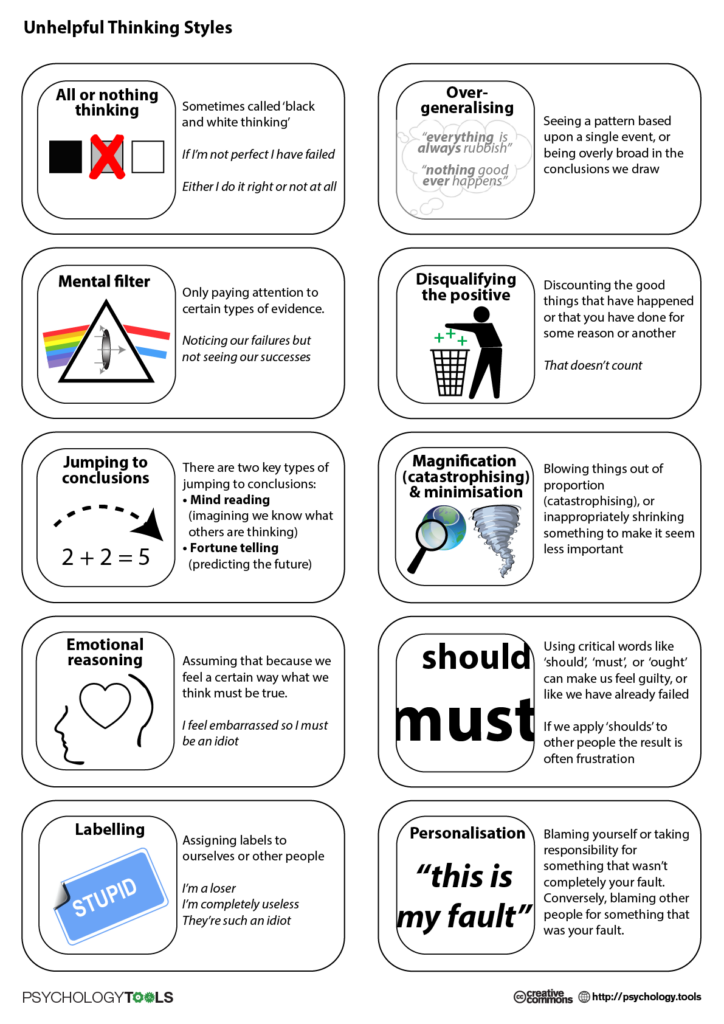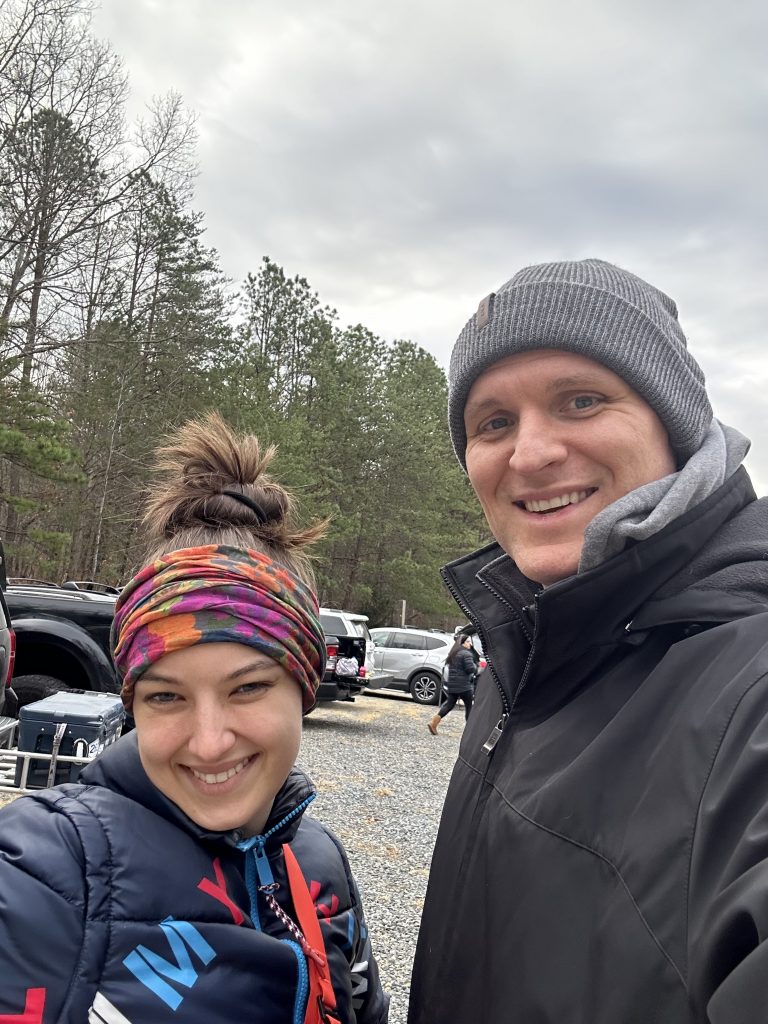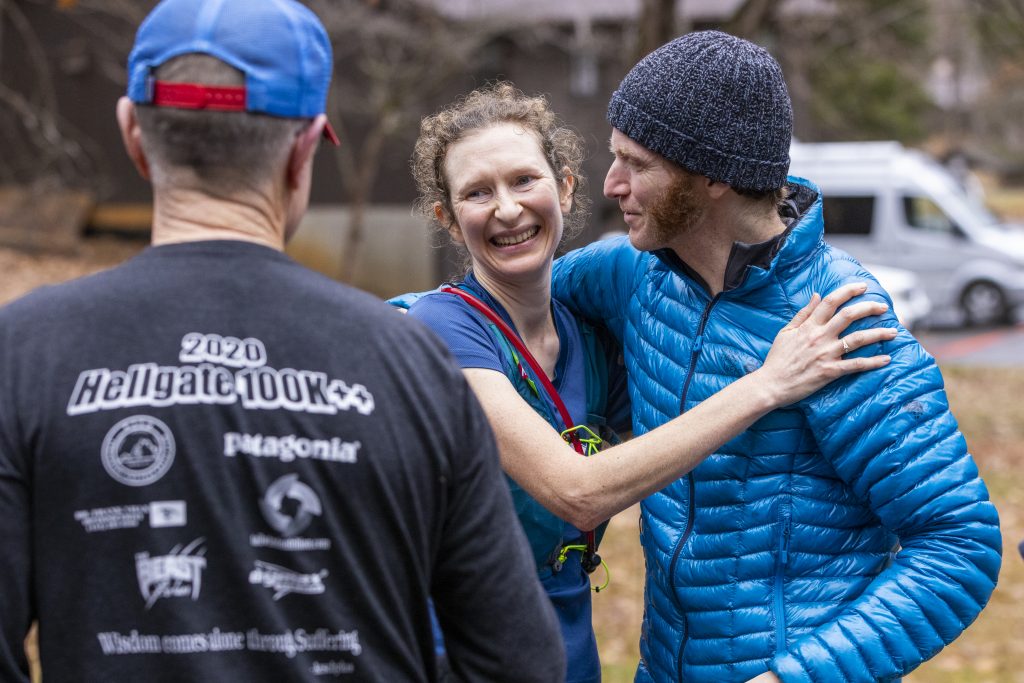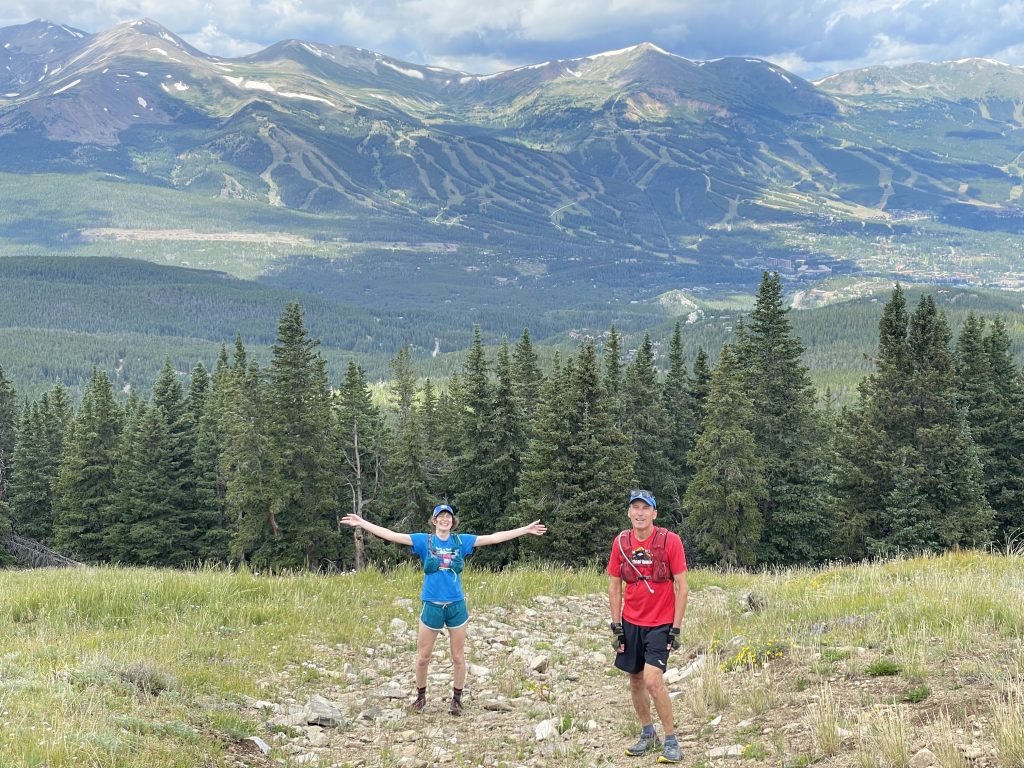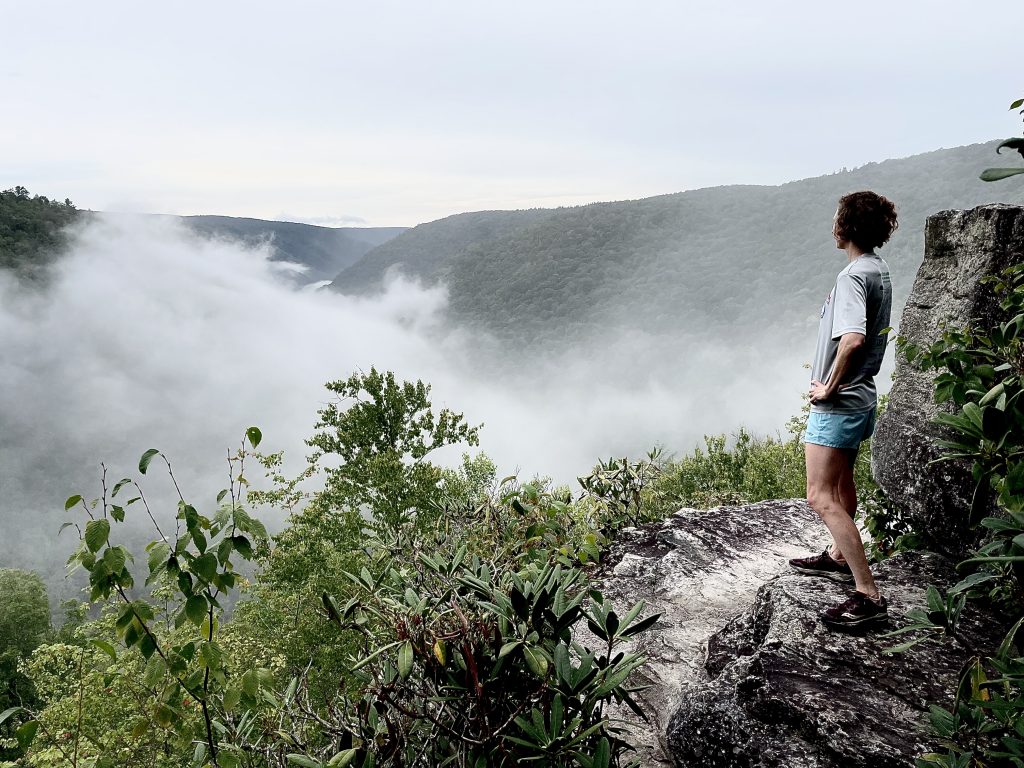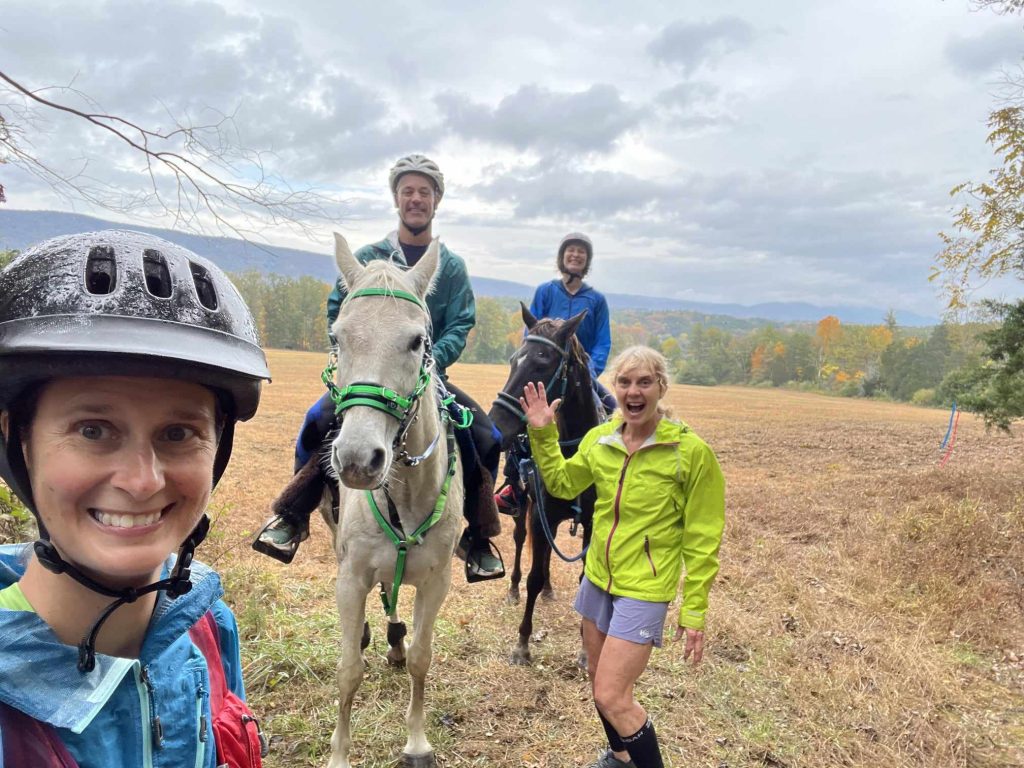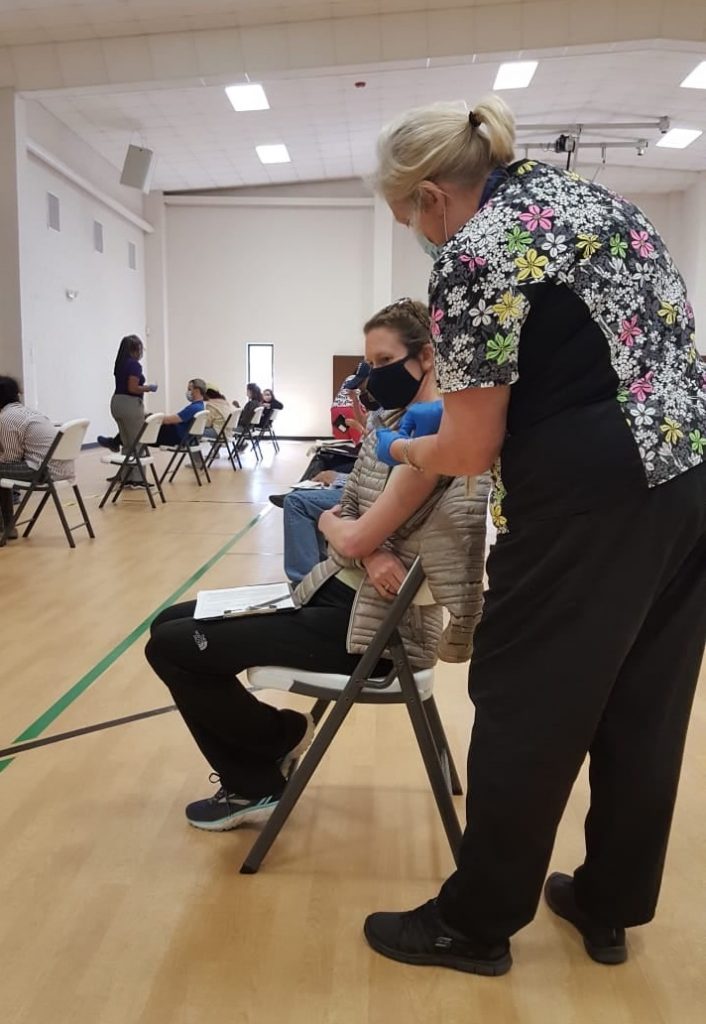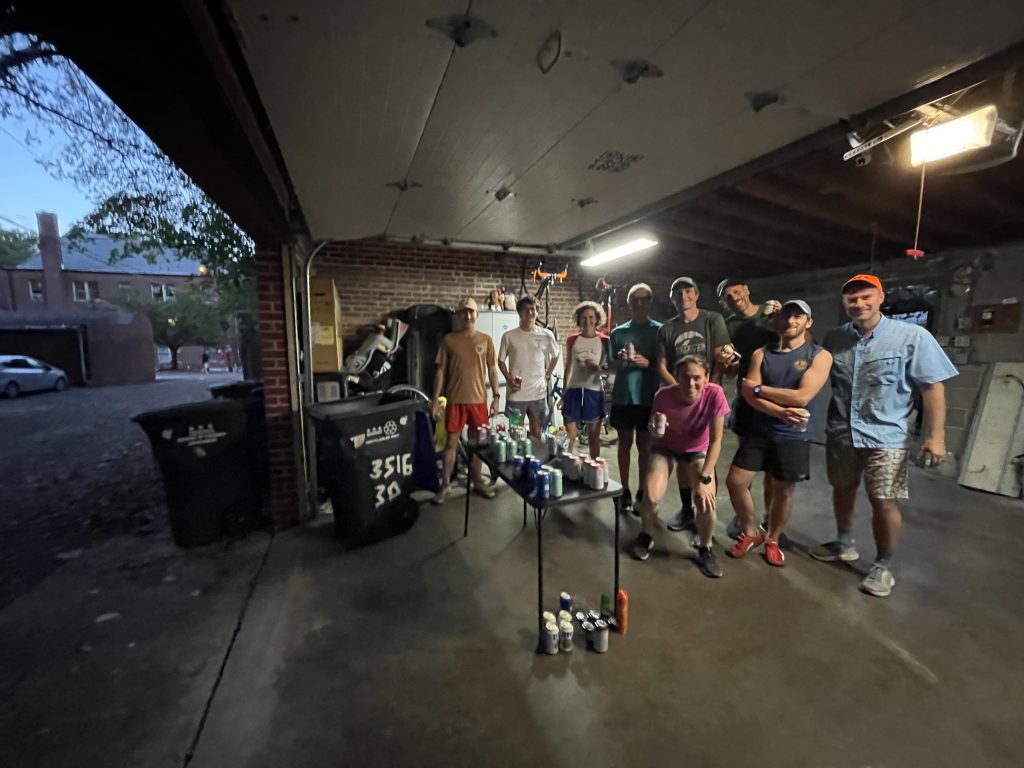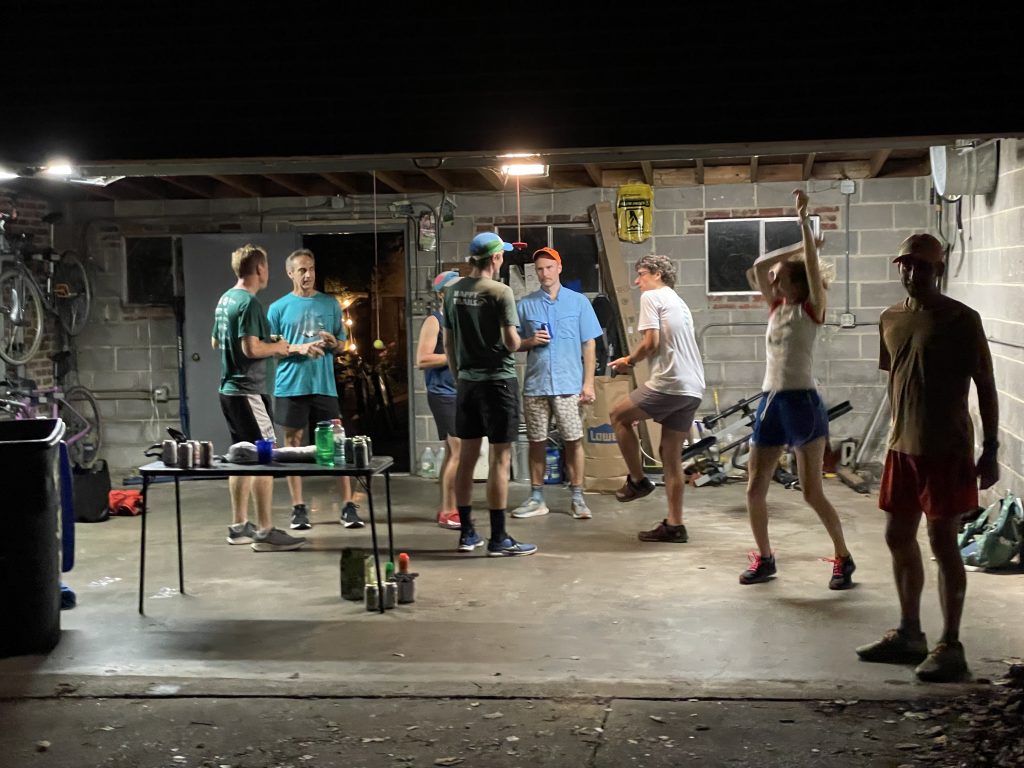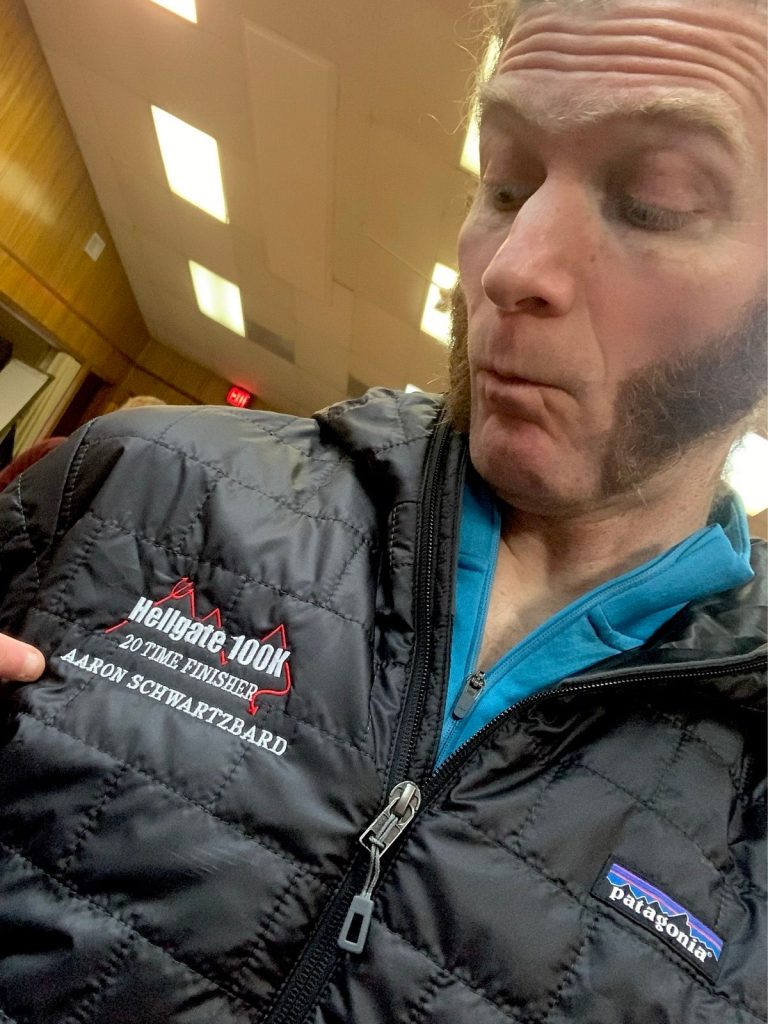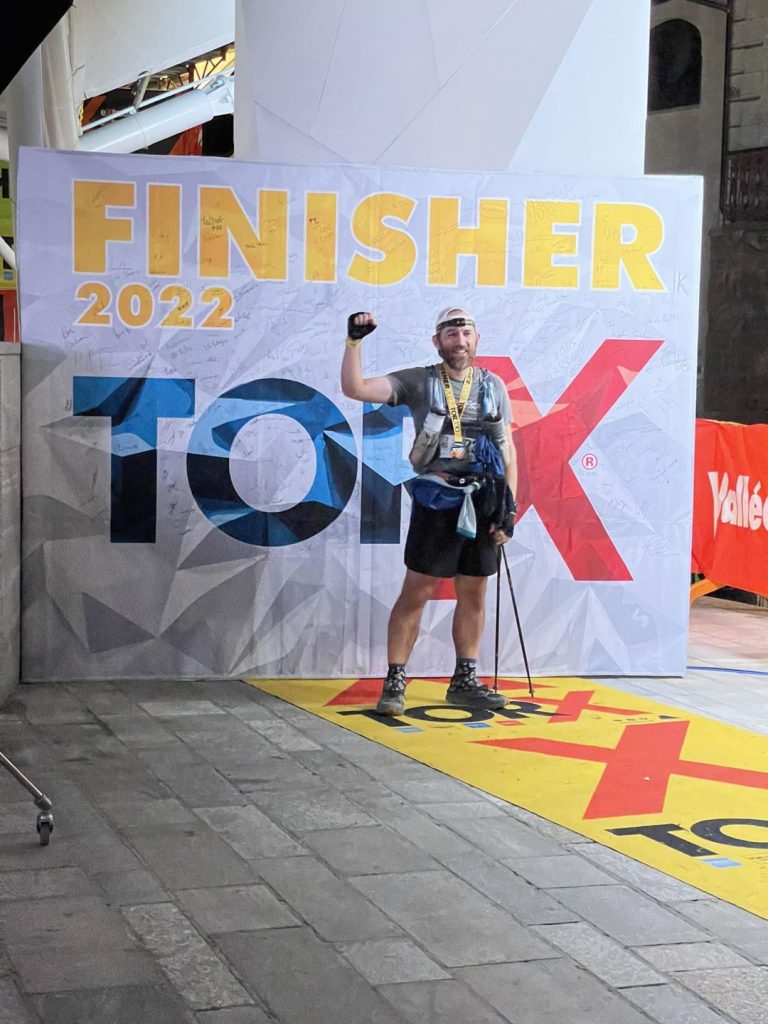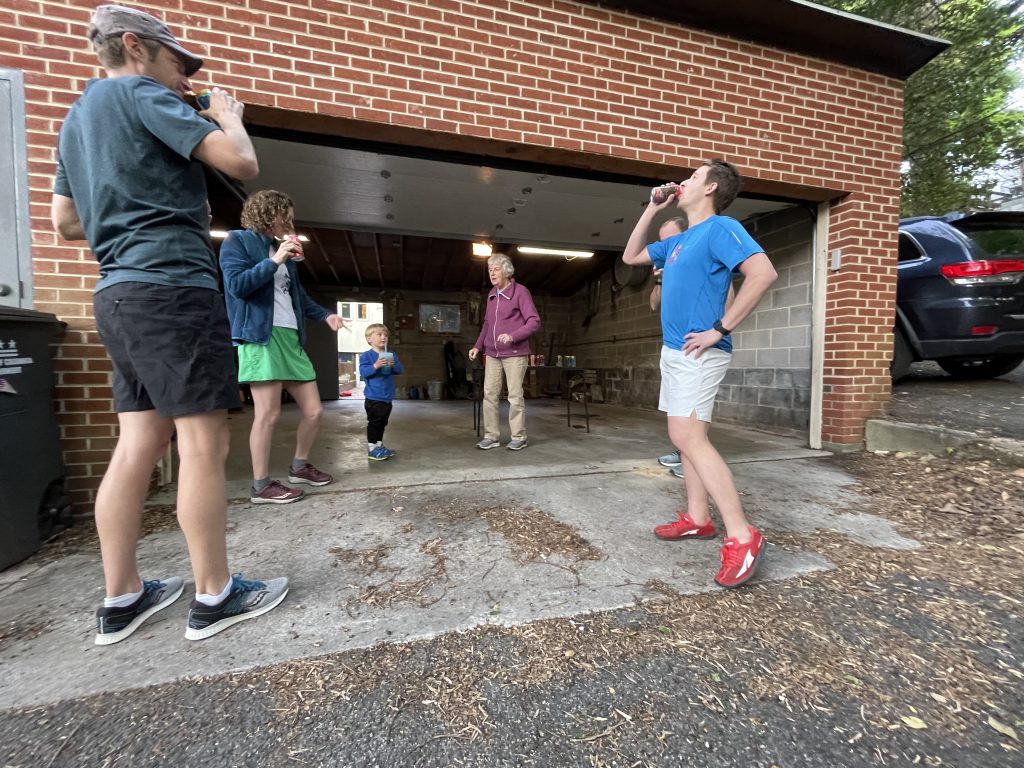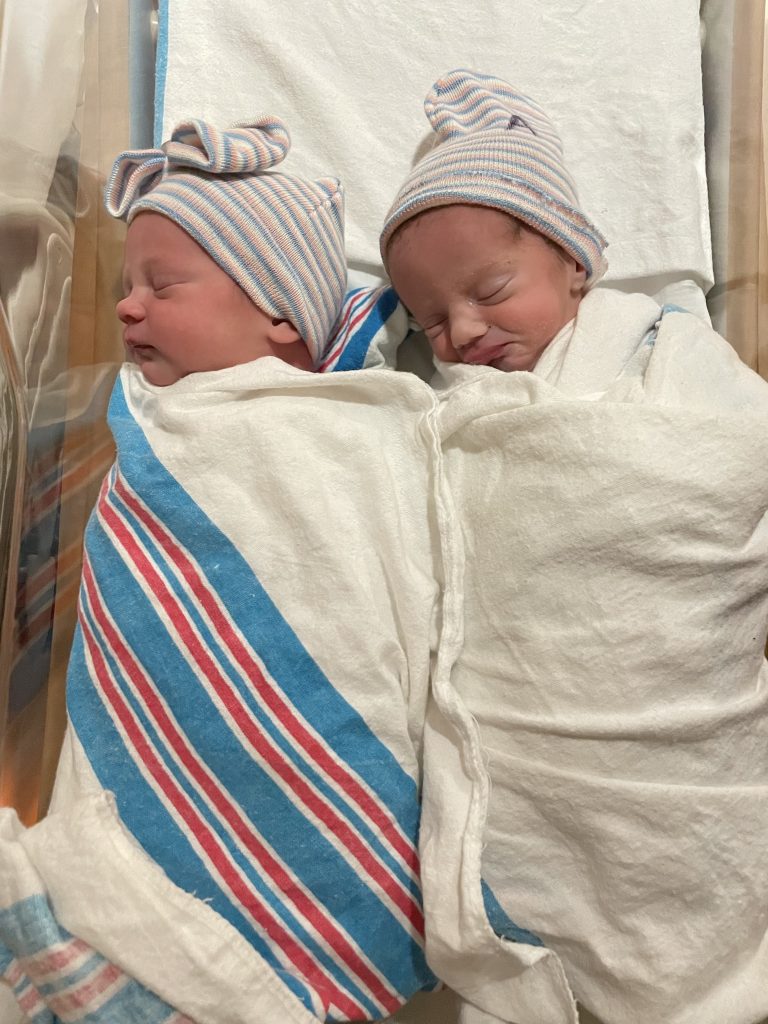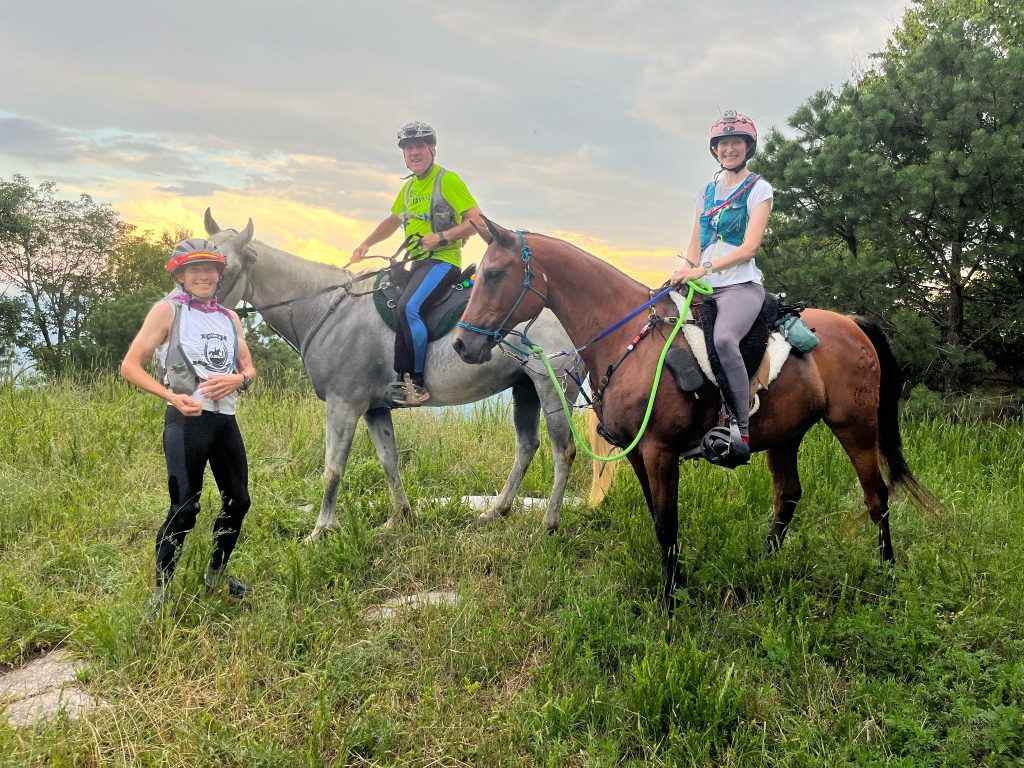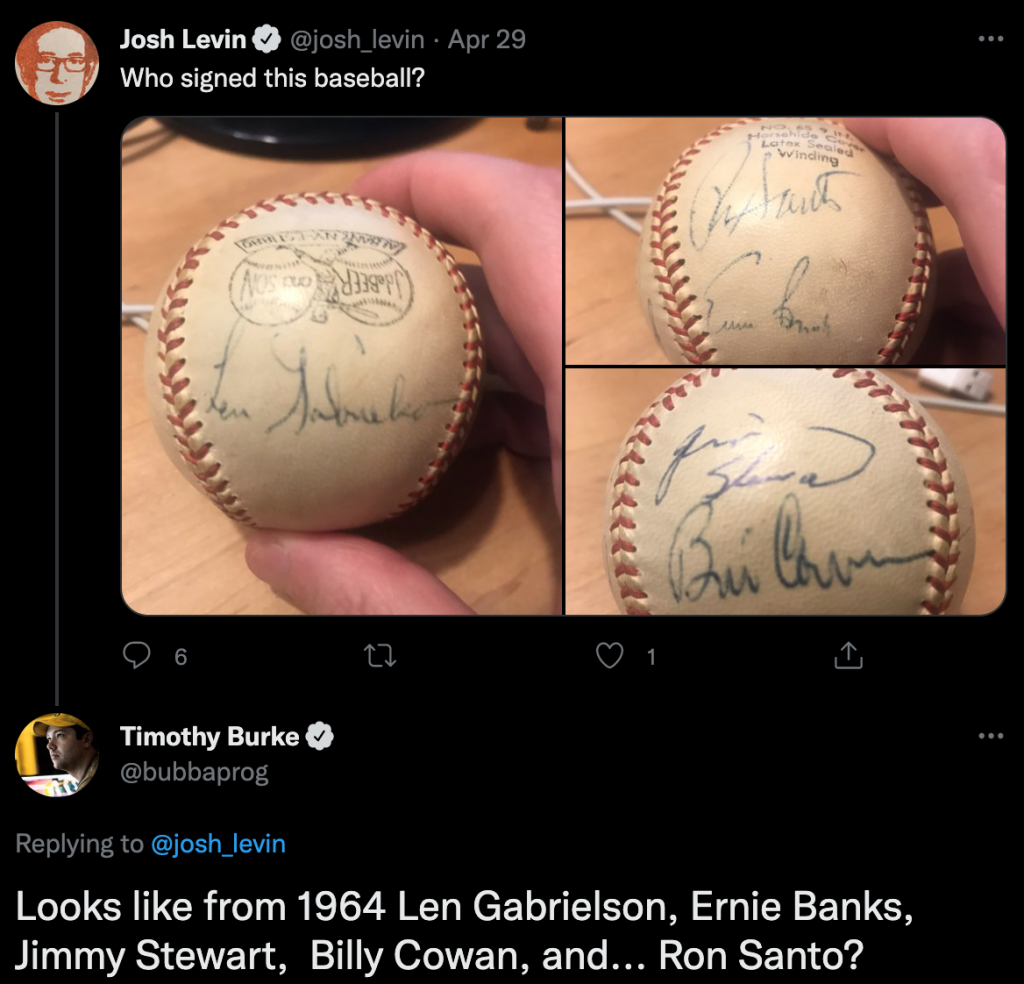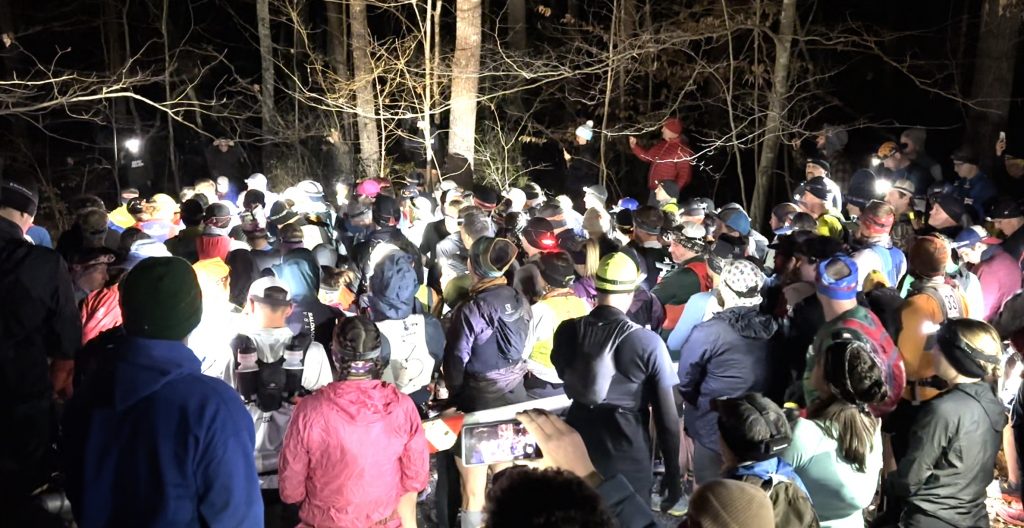
Lloyd Christmas: What are the chances of a girl like you and a guy like me…ending up together?
Mary Swanson: Not good.
Lloyd Christmas: Not good like one in a hundred?
Mary Swanson: I’d say more like one in a million.
Lloyd Christmas: So you’re telling me there’s a chance!
— Jim Carey in Dumb and Dumber
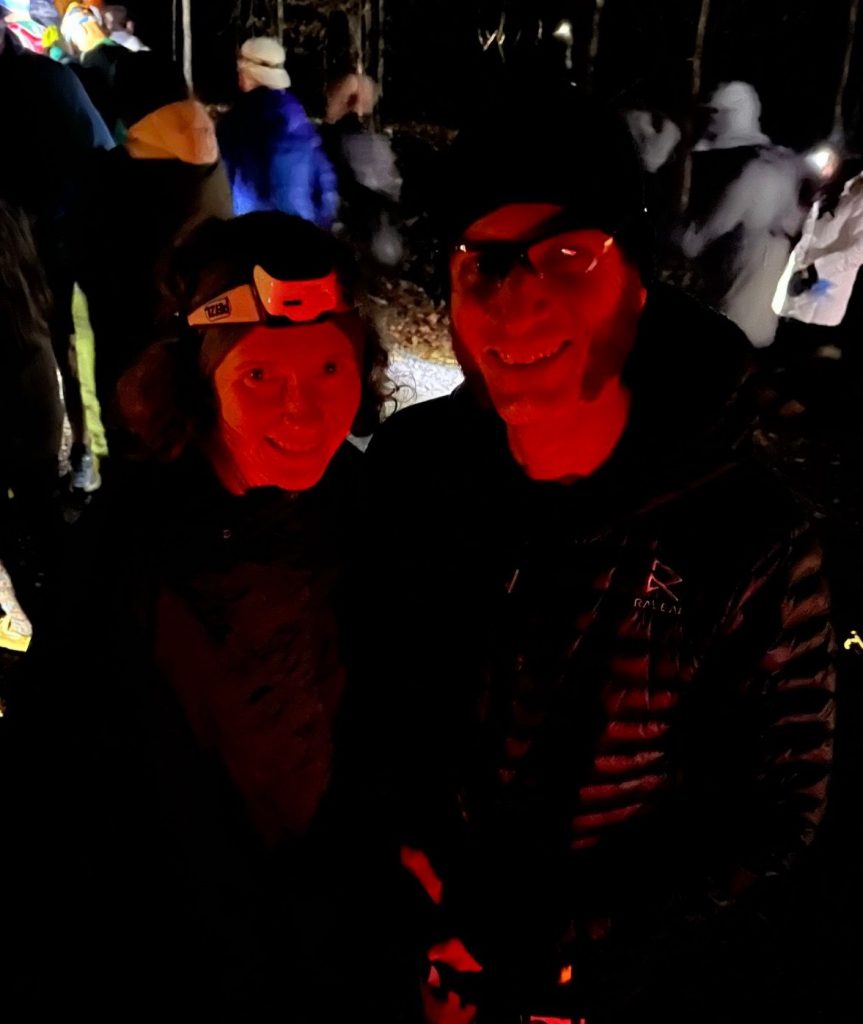
Dumb and Dumber. On a brisk December night I stand in a field gazing up at a blue-black sky crammed with stars, wondering if I have any chance of finishing the Hellgate 100km+ trail race that will begin at midnight. Hellgate isn’t a race you can wing. Race director David Horton handpicks 150 seasoned ultramarathoners from mailed-in paper applications and weeds out anyone unprepared for a mountain course devilishly designed to test you in unexpected ways. You have to feel pretty confident in your fitness to take on Hellgate’s midnight start, sleep deprivation, long climbs, knee-deep leaves obscuring loose ankle-breaking softball-sized boulders beneath, and unpredictable winter weather that can lather the trails in ice, drench you with freezing rain that no one saw coming, or give you “Hellgate eyes,” a condition where corneas freeze and you temporarily go blind. Hellgate eyes can occur in mild weather, so the problem isn’t just eyes that get cold, but dry. During hours of wide-eyed staring at rocks and leaves trying to stay upright, sometimes you forget to blink. Dozens drop out of Hellgate before the race even starts and I wonder if I should join them.
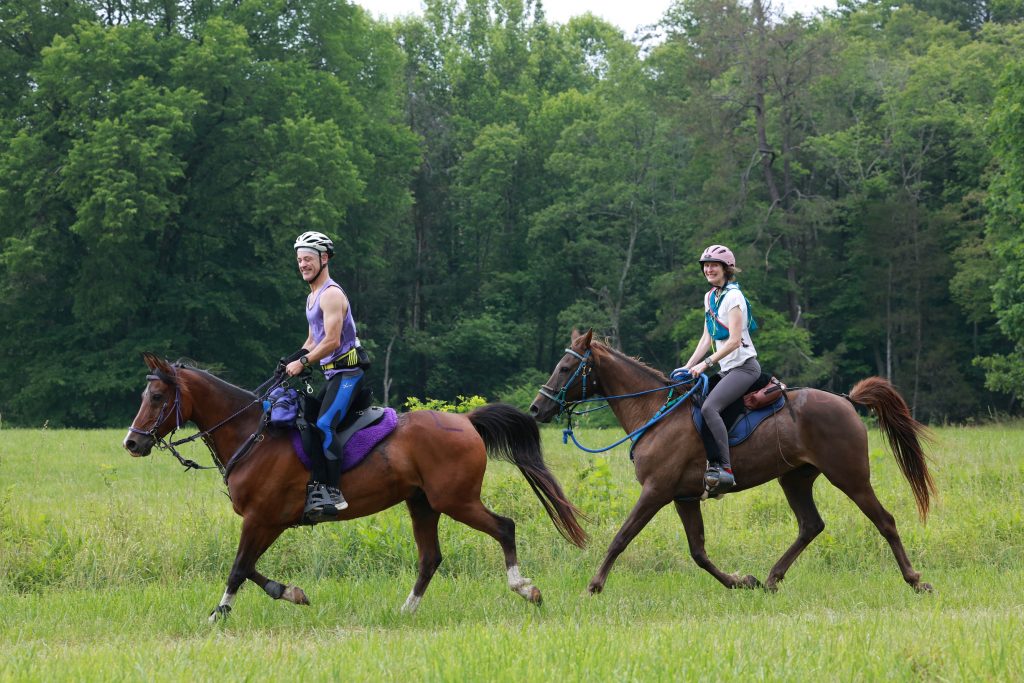
The hardest part of jumping off a cliff is the waiting on the edge, wavering. Stupid or brave? Stupid or brave….? Hellgate actually has a “Stupid Award.” Two years ago Will Weidman won it for missing a turn into the woods towards the end of the race and bombing down the road an extra mile or two in the Forever Section. I’m thinking I could win it this year for starting the race and only making it 5 miles (that’s got to be some kind of a record). Number one sign you shouldn’t try to run 66 miles of gnarly trails: you don’t seem to own trail running shoes anymore. One week before the race I did a short test run to gauge if my injured Achilles might last 66 miles. Aaron, do you know where my trail running shoes are? He sighs. When did you last wear them? I pull out my calendar. November 7. More than a month ago. Ride N Tie season had just ended and I was switching gears to focus on Hellgate training. That didn’t last long. 0 days, to be exact.
For weeks I planned to write David Horton a courtesy email to let him know I was dropping out of Hellgate and he could give my spot to a more deserving runner. My stats from the last month were pretty dire. But I can never hit send. A deep burn in my chest always stops me. Addiction? Mania? Delusion? Obstinance? I glance at the Unhelpful Thinking Styles reference guide my therapist gave me that’s pinned to the fridge. I ask my husband Aaron which mind trap I’ve slipped into. Black-and-white thinking? Mental filter? Then I ask for his honest opinion. Have I a fighting chance of finishing Hellgate this year?
“I wouldn’t put it past you….” He stops and backtracks, recalling how many times a husband’s offhanded remark, delivered without the surgical precision in wording in tone sought by his wife, has crushed her dreams. “No,” I interrupt him. “That’s all I needed to hear.” Aaron is organized and methodical, but marmots are whimsical and believe in race magic. Or just dumb and dumber. This time I don’t need a ringing endorsement. I just need to know I’m not caught in an obsession and sliding down one of my self-destructive wormholes. “There’s a chance!“
Aaron Schwartzbard Pro Hellgate Tip #1: Don’t Clock Yourself On The Gate In The First 30 Seconds (This Happens). My decision to start Hellgate seems ill-advised, but instantly lifts a weight off my shoulders and I feel ten pounds lighter. Aaron is careful never to pressure me to run Hellgate, fearing my wrath if things go wrong, but I know he’s delighted I’ve decided to come along. I’m his plus-one. Aaron is one of the most recognizable faces at Hellgate. He’s completed all 21 Hellgate races, going back to the inaugural race in 2003, and he won the race in 2007. His lively blog description of the course’s many hazards — geological, psychological, and otherwise — became the definitive guide, now posted on the Hellgate website along with Keith Knipling’s GPS mapping. I never read either course description, Keith or Aaron’s. I’m not a “details” girl. Most of Aaron’s Hellgate advice goes in one ear and out the other while I’m busy watching birds. But I do listen to Aaron’s advice regarding the gate.
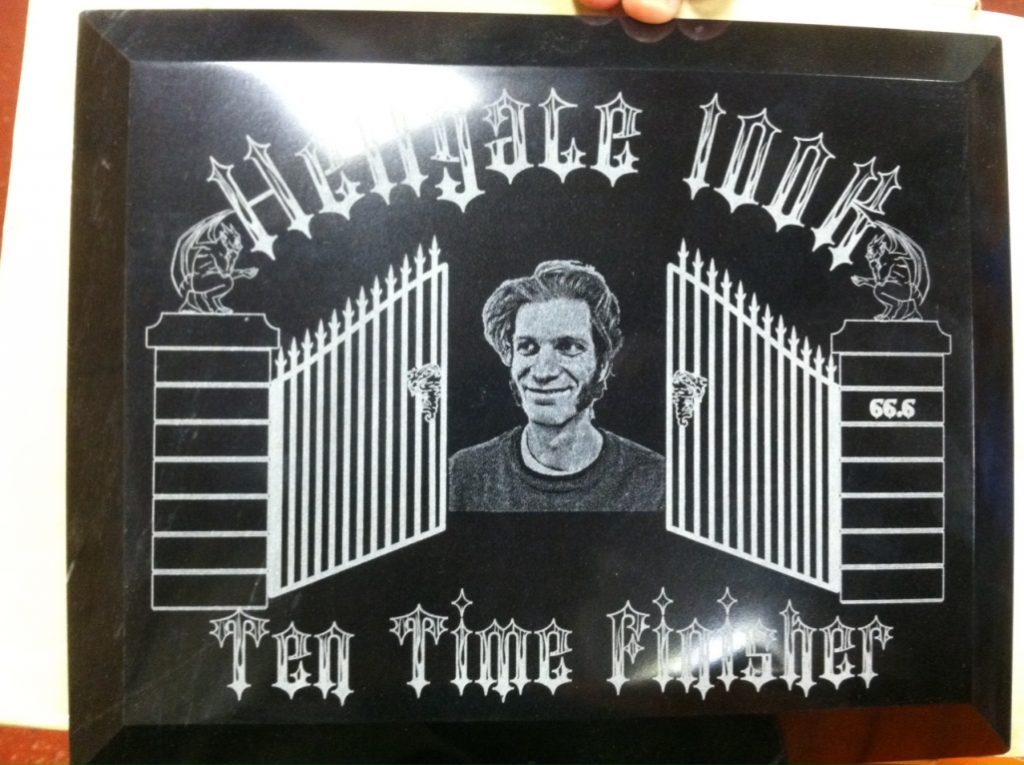
Hellgate doesn’t begin on a wide open road, but directly at the trailhead, so it’s pretty narrow and everyone is crammed in tight. Imagine the elbow-to-elbow jostling of a big city marathon with the added challenge of it being the middle of the night and pitch black, except for 130-odd headlamps swiveling in every direction to greet old friends, blinding everyone, and I just try my best to avoid getting clocked by a neighbor’s trekking poles. In the center of the scrum is a large metal gate that blocks cars from entering the trailhead. Half the Hellgate runners stand in front of the gate and the other half are behind it. If this seems like an unnecessary hazard (why can’t we all just move up 100 yards?), well, get used to it; Horton has plenty more tricks up his sleeve.
I start road races up front in the “seeded” wave, but tonight I hang in the tail end of the pack while Aaron goes ahead, slicing through the crowd. Then I recall Aaron’s warning not to run into the gate during the stampede, so I duck under the bars and squeeze myself into a last square meter of space on the forest side of the gate. During the National Anthem my back is pinned against the cold metal bars. Home of the brave finally comes, Race Director David Horton counts down to midnight, and the human wave surges forward, hooting like Apache at the start of an attack. Aaron advised me to link up with a woman named Alyssa, described as friendly, talkative, and overall “very marmot.” (More on what that means later.) But in the chaos of swinging elbows, flying poles, and blinding headlamps, I never locate Alyssa. It doesn’t help that I’ve never met her and have no idea what she looks like.
Addie Never Sees Her Uncle The Same After This. My friend Matt watches the twinkling headlamps disappear down the road and tries to explain to his niece Addie why she had to surrender her Saturday night to drive around the woods on a cold winter night chasing runners. Here’s the deal. Aaron will finish Hellgate somewhere between 13-15 hours. We don’t have to worry about him. Martha is…..our wildcard. She ran Hellgate two years ago in a little under 15 hours. But her Achilles is injured and she barely ran all month and might bail at the first aid station. But as long as she’s in the race, she’s our main job. I’ll pace her for the last 20 miles, if she makes it that far. If she drops I’ll pace Aaron instead. Addie gulped. When Matt recruited her for this roadtrip he failed to mention that he’d join the race as a pacer and abandon her to navigate the van alone through the maze of backwoods roads in southern Virginia’s Blue Ridge Mountains. She is about to voice her concerns when Matt adds one more thing: I should also mention Martha’s a puker.
Sissygate. The brisk night air feels fine against my legs, vindicating my decision to wear shorts instead of long tights. Sissygate, Horton scoffed when the temperature nudged above freezing. Historically, Hellgate runners get frozen club feet after crossing a frigid creek in the opening miles, but this year the creek is low enough to rock-hop and I give a squeal of delight. Two years ago I waded through and my soaked feet blistered so badly I thought I had no skin left (I did, it just didn’t feel that way). That year Hellgate’s notorious “fog year,” I managed to stumble through all 66 devilish miles, overcoming stomach problems, injuries, blisters, and a pervading sense of terror that I’d get lost in the fog. When I scraped together my first 100km completion in the midst of a deep pandemic slump/midlife crisis, it moved a medium-sized boulder in my life.
Doctors Know Which Problems Other Doctors Can Fix And When You’re On Your Own. My Achilles tendon grumbles on Hellgate’s big early climbs, but at a level I can handle, and so far the race is going better than expected. I’m lucky the sensitive tendon was spared from the frigid creek, which would have stiffened it up. I’ve managed chronic Achilles pain for the better part of my life, ever since I injured it at age 19 playing collegiate soccer. The medical community offered little help when it came to managing chronic pain with no obvious source on x-rays or MRIs, but I learned I could run long distance on it. So I switched from soccer to cross country my junior year of college, finished All-America, and have been a runner ever since. Figuring out when to rest tendinitis and when to run through it is my least favorite game. Overuse injuries are dark art, not science. Just ask my friend Sean’s father who’s an ultrarunner and orthopedic surgeon at the esteemed Cleveland Clinic. He wrote a recent memoir about running hundred mile races through chronic pain in his 60s and 70s, using handmade braces and devices that sound straight from the 17th century.
Apparently “Spirit Animal” Is No Longer PC. Aaron needs no pacer at Hellgate. If Aaron were an animal, he’d be a heron, silently striding through the water with long, spindly legs and a long, elegant neck, as graceful as a swan, but without the fluffy showiness. Calm, peaceful solo jaunts through the forest recharge Aaron’s (introverted) battery. Herons don’t flock. I’m not a heron, I’m a marmot — squawky, gregarious, social, mountainous, and always whistling to alert others. I need boisterous conversation and laughter to keep my (extroverted) energy up. Before we had our son Bjorn, I never did long solo runs. When we started a family, I knew pregnancy would be a physical setback, but I never considered how lonely I’d become after losing my running buddy for the next decade. Someone always stays home with the child when the other ventures off. Bjorn was one year old when the COVID-19 pandemic hit and my loneliness shot to 10. Aaron solves problems with technology, so he bought me bone conduction headphones and made a music mix to keep me company. The headphones met with mixed success; Mumford and Sons made me drowsy, but it was better than hearing my own thoughts.
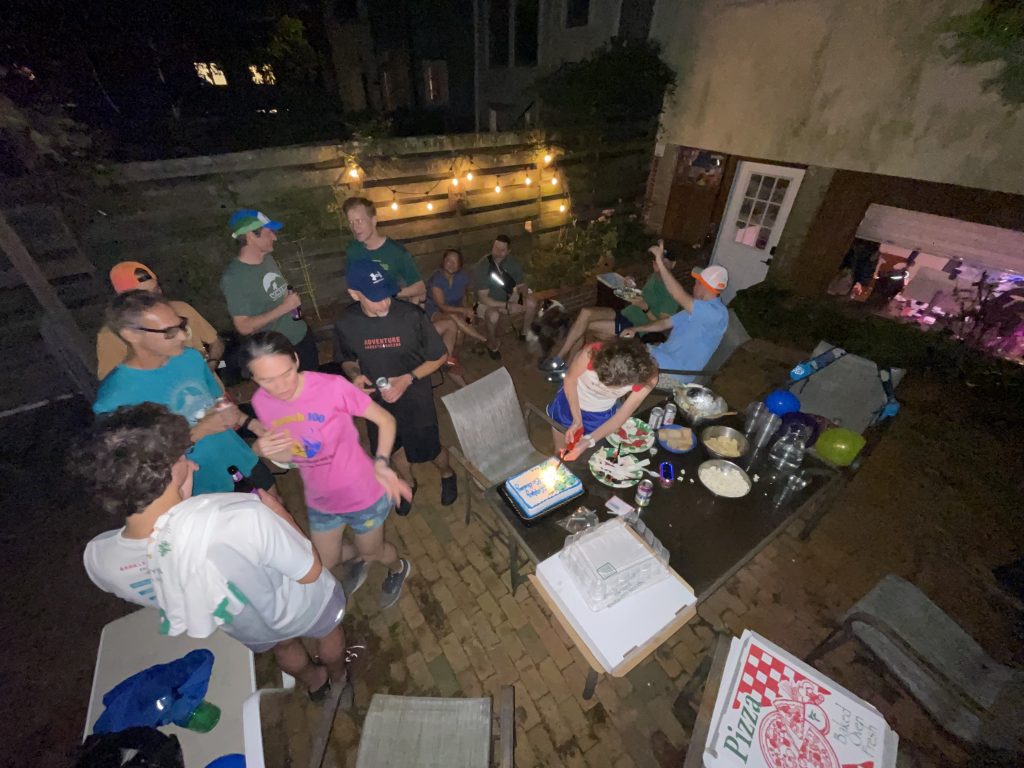
Aaron’s Main Stress At Hellgate Is His Unpredictable Wife. At each Hellgate aid station Aaron collects intel from Matt on how I’m faring. She made it past the first aid station. Aaron sighs with relief. If I can make it 7 miles, odds are I can make it 66. At the halfway point, Matt’s reports get longer. She’s puking and having trouble eating, but she’s surprisingly cheerful. She kept talking about how beautiful everything was. Nothing like last time. No sitting on overturned buckets in despair.
Signs I Watch Too Much NCIS. The first time I ran Hellgate I got really spooked when I started vomiting halfway through. I was alone, disoriented, freezing, and struggling to follow the twisty course in the dark fog. My deepest fear was I’d wander off course into the wilderness in the wee hours of the night, slip on wet rocks and leaves, hit my head, and freeze to death in a ditch. No one would find my body until it was too late. Or worse, I’d wander off trail into a group of strangers not associated with the race and you can fill in the blanks. The sound of hounds howling in the distance reminded me I was not alone out there. My imagination swelled with threats — cliffs, axe murderers — lurking behind the fog.
I Legitimately Missed Aaron’s Acoustic Guitar Mix. The second time around I knew the Hellgate course (for the most part) and had a degree of confidence that I wouldn’t get axe murdered. Still, I hit a low again at sunrise. I puked hard, as poor Sophie had to witness, losing all the food I’d worked so hard to get down that night. After a night with no sleep, I was exhausted, sick to my stomach, totally depleted, and alone. My bone conduction headphones battery only lasted 6 hours, so even Mumford and Sons had split.
Shortest Blind Date Ever. On the descent down to Jenning’s Creek the sun began to poke out. I came across Alyssa, the very woman Aaron suggested I run with. Our banter lifted my mood and I forgot about my throbbing Achilles and the acid taste on my tongue. But after the Jenning’s Creek aid station comes a long road climb. I stop running and hike up the road, Alyssa keeps trotting, and my new friend disappears around the bend. Hellgate can be a lonely place for people like me who aren’t strength runners.
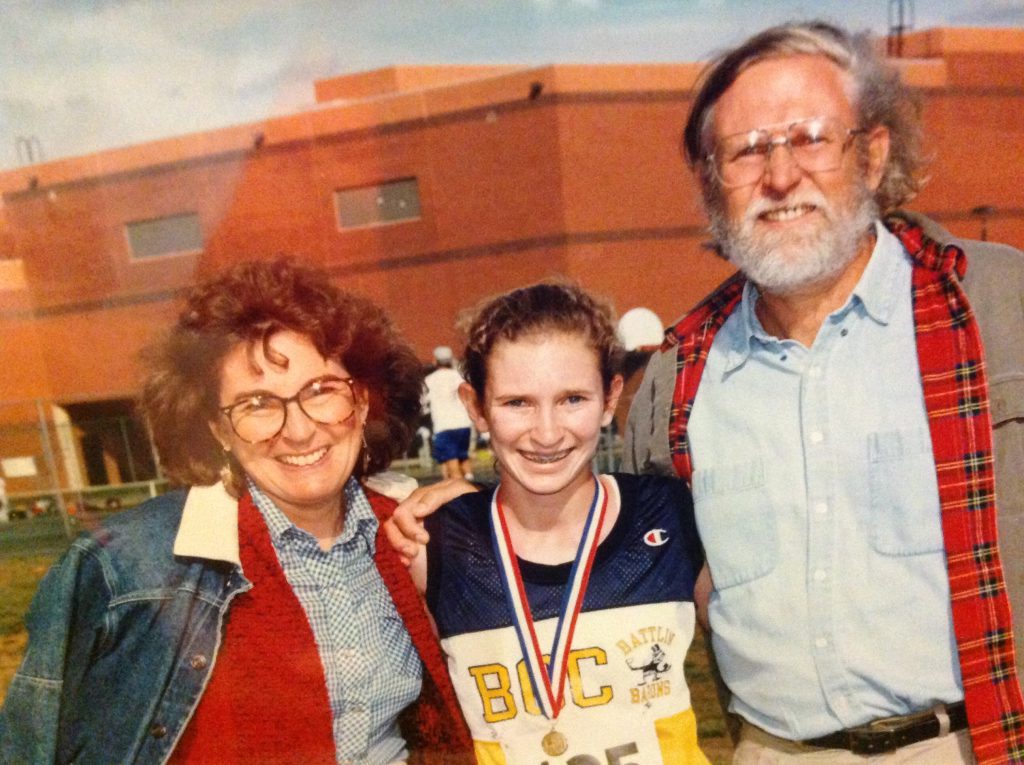
The Real Reason I Got A PhD in the Molecular Evolution of Infectious Diseases. It may surprise people that I’m not a very confident runner. Someone who wins races consistently and sets course records doesn’t seem like someone who should go into every race wondering if she can even finish. But I’ve been that way since I was 14. I’m either injured, sick, haven’t trained enough, or all of the above. How can you be so delicate? my father would ask me as a teenager. It frustrated him to have a daughter with running potential, but buried beneath a fragile frame. One week I was state champion, the next four weeks I was too sick to get out of bed. My first season of collegiate cross country I was All-America, the next fall semester I spent home from college with Campylobacter, mononucleosis, and hepatitis. I was pale, underweight, and always visiting the doctor for something — chronic respiratory illnesses, asthma, delayed female development, surgery. I popped so many pills as a teen I needed a list to keep track of which times to take them, with food or not. I needed more pills to deal with the side effects of first ones. My father was the opposite: ruddy, stout, and impervious. He drank like a fish but did not even know what a headache felt like. He was a bull and I was a feather.
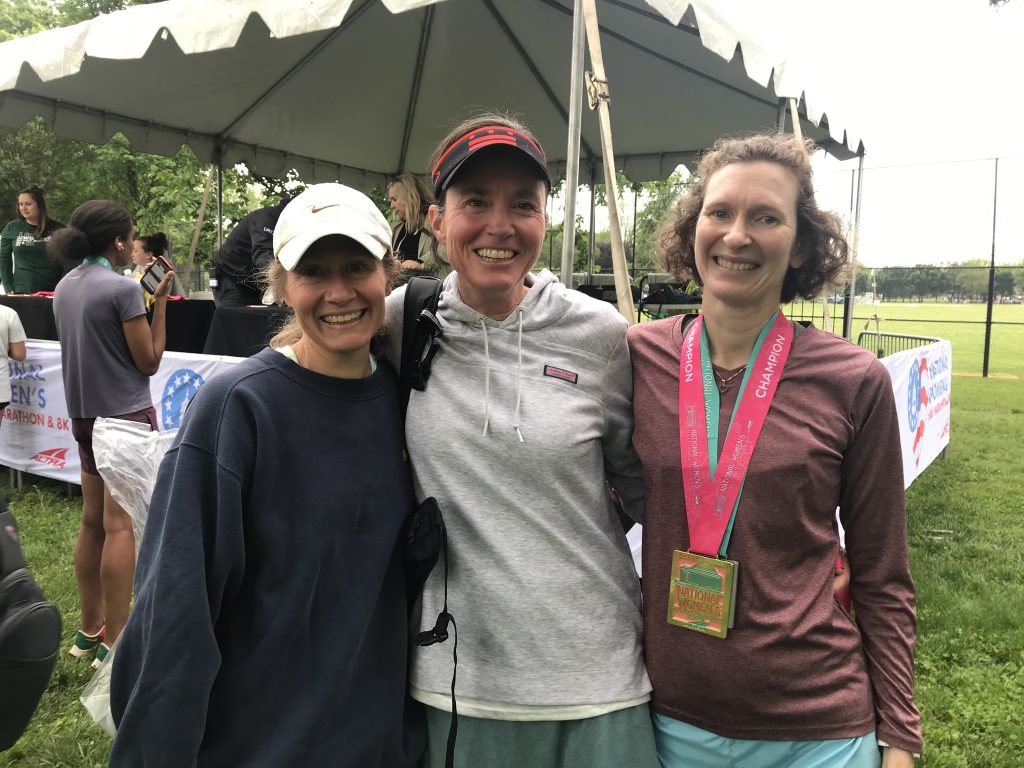
As I walk through the valley of the shadow of death
I take a look at my life and realize there’s nothin’ left
‘Cause I’ve been blastin’ and laughin’ so long that
Even my momma thinks that my mind is gone
Without Mumford and Sons, I Drift Into Coolio. My lack of eating catches up to me on the Devil’s Trail, named for its endless miles of ankle-breaking boulders buried under leaves. Chewing on a morsel of bacon fat for an hour tricks my mouth into thinking it’s doing its job, but the belly and legs are not fooled. I pick green M&Ms out of my trail mix, but don’t consume nearly enough calories and slip into a low glycemic trance, waiting for an aid station that never comes. I spend an hour deep in the hole, kicking rocks and humming Coolio. (He died this year.) My mind is unraveling and I’m losing control, just like in October 2023.
I began 2023 on solid footing, resolved to return to Hellgate after missing out in 2022. DC’s Woodley’s Ultra Society was back in action after a long pandemic slump and I also found a new sport called “Ride N Tie” that combines my two favorite things, trail running and horseback riding. Jury’s out on how much Ride N Tie miles contribute to Hellgate training, but I love horses more than anything (Aaron pretends he didn’t agree that someday we’ll live on a horse farm) and just being around them energizes me. I can’t drink coffee, but if I could, 1 Arabian horse = 20 cups Arabica coffee. Plus, there are no aid stations at Ride N Tie so I’m forced to be self-sufficient over 4-5 hour races, taking care of myself and a horse without Boy Scout Aaron around to lend me an extra jacket, headlamp, or snack. Aaron almost fainted on Hellgate morning when I proudly lifted two canvas bags filled with gear and snacks. Marmots, prepare? Has up become down?
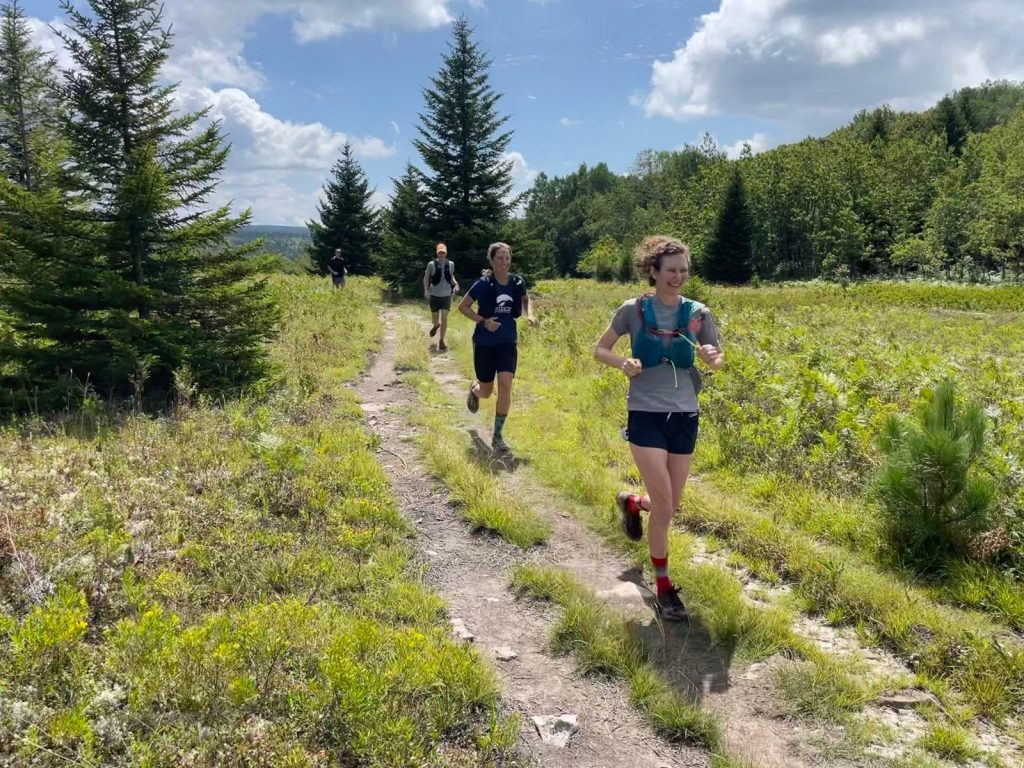
But the pandemic still wasn’t really over in October 2023.
(Don’t Read This Part.) This is the part of the story I don’t really want to tell. The last thing I want to do is add to skepticism and fear surrounding COVID-19 vaccines, which is mostly fueled by misinformation and costing many lives, but I trust no readers change their vaccine plans based on my personal experience. Not all people have the same body chemistry and some people respond differently to the COVID-19 vaccine. I happen to be one of those outliers. Not the weirdest thing about me.
US Government Pours Billions Into Operation Warp Speed to Make a COVID-19 Vaccine and [Embarrassingly Small Number] Into Collecting Data On What Happens After It Goes Into People’s Arms. Five times in a row I’ve had the same response to the COVID-19 injection: two weeks of drenching night sweats, an erratic heart beat, strange pulses in my chest, inflammatory responses cropping up in extremities, and my previously clocklike period cycle suddenly goes haywire. I can still run, but it’s not pretty, and it’s no coincidence that two years in a row my body (and Hellgate plans) fell apart in October after getting my COVID-19 booster. Feeling like I was running through sand aggravated an old Achilles injury. Limping then aggravated my hip. By mid-November my hip was in too much pain to walk. I actually considered getting a wheelchair to traverse DC’s National airport when I had to fly to Rhode Island for a work trip. Desperate, I tried dry needling, which possibly helped my hip but torched my calf and added another limp. One week before Hellgate I was limping from three different pains and owed David Horton an email to let him know I was dropping. The prudent choice was to join Heather, Anthony, Mike and other WUSsies at the Virginia Happy Trails Running Club’s (VHRTC) 50k Christmas run/party. I could try to run Hellgate next year, maybe delaying my COVID-19 booster until January. But my heart sinks every time I try to pull the plug. I stop sleeping. Getting different advice from orthopedists, PTs, and alternative medicine practitioners makes me even more disoriented. I felt paralyzed, so I did nothing.
I’m reaching my breaking point on the Devil’s Trail when I finally spill out into a parking lot. The aid station crowd cheers my arrival, but I walk through with the dead stare of a shark, not even making a show of looking chipper. I plunk in a chair (I don’t care whose) and tell Matt and Addie I need a reset. My head spins, my gut churns, and if I don’t find something my body won’t reject, real trouble will come. Two-thirds through the race, the make-or-break moment has arrived. A woman takes one look at my ashen face and flings a fluffy white blanket over me to keep me warm. I feel like I’m buried under the warm wings of a swan.
Seinfeld Season 5 Episode 22, ‘The Opposite’. When I started having stomach issues in ultramarathons, I got what sounded like reasonable advice from a nutritionist who was also a distance runner: stick to simple carbs during races and avoid fats that are hard to digest. But when I cut out things like potato chips and PB&J and stuck to gels and gummies I felt worse, not better. I began to wonder if I my tactics were all wrong. I thought of the time my favorite Seinfeld character George Costanza concluded that every decision he ever made was wrong, his life was the exact opposite of what it should be, and the only way to get back on track was to do the exact opposite of his every instinct. Miraculously, it worked. “My name is George, I’m unemployed and I live with my parents” scored George a hot date. So when I was redlining and out of ideas at Hellgate #1, I took a page from Constanza and ditched the gummies and all my nutritionist’s advice and tried bacon. The bacon strip was the first thing that didn’t come back up, so I called it a win. Credit, George Constanza.
Hellgate has world class aid stations with different themes. The 6am breakfast aid station serves scrambled eggs and bacon, the midday aid station serves cheeseburgers, and the afternoon aid station makes pierogis. Matt calls out the foods offered at each station, which would be helpful for someone who doesn’t spend Hellgate on the edge of vomiting. Sometimes just thinking of food sends me over the edge. Scrambled eggs? did me in last time. Cheeseburgers top of the nutritionist’s no-fly list, but desperate times call for George Constanza. I shoot my thumb towards the sky. Cheeseburger me!
I sit under my swan feathers and nosh my burger like a champ. (Okay, I was nibbling at the pace of a baby mouse, but that was such an improvement over eating 1 green M&M per hour.) I chase with swigs of pomegranate San Pellegrino I packed myself in the canvas bag. I knew I liked you when I saw you packed your own San Pellegrinos, Addie mused. Stay classy, San Diego. There was just one problem. Matt is way too nice to give me the old heave-ho when I get too comfy at an aid station. Matt gently nudges me along by mentioning I’m the 13th woman and another pack are just 15 minutes ahead. A Patagonia puff jacket for a top-10 finish is in striking distance. I wave him off. I’m not racing, I’m surviving. I nestle deeper under the fluffy swan blanket, justifying my delay by continuing to nibble. I know the chair is quicksand. The longer I dawdle, the harder it will be to extract myself. Unfortunately the blanket doesn’t cover my lower legs, which are stiffening at an exponential rate. I can see my calf muscles twitching. They vote for sitting in the chair indefinitely. More than 40 miles in, I’ve already raced farther today than any time in the past two years.
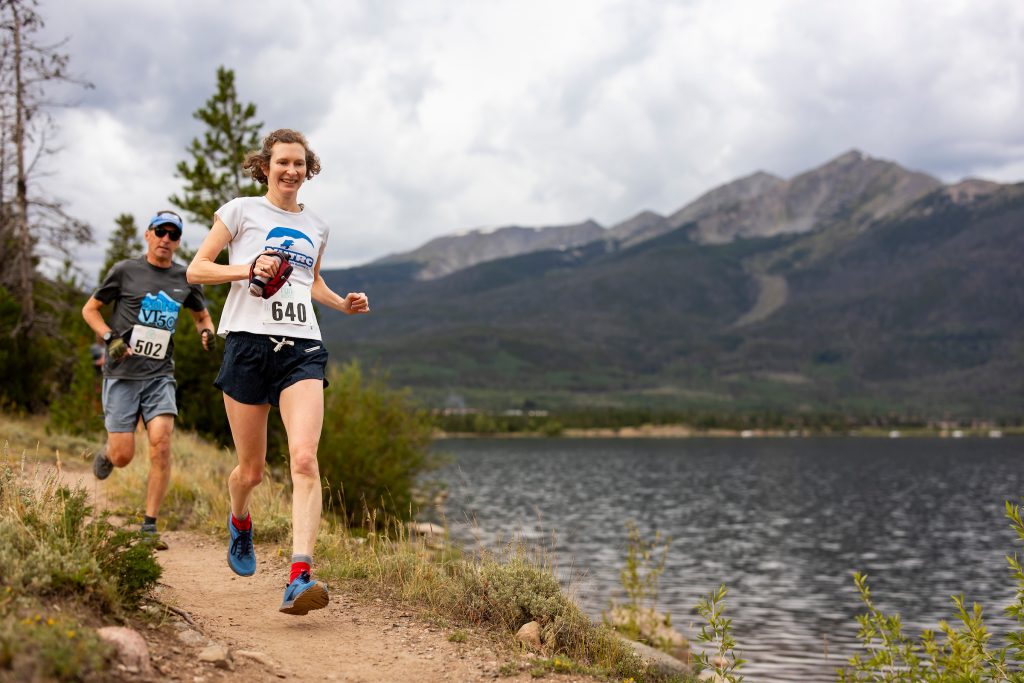
When You’re So Tired It Takes More Bandwidth To Have A Disagreement With Another Human Than Get Back On Your Feet. Excuse me, this is my wife’s chair. An anxious man hovers over my swan blanket. She’ll arrive any minute. Matt scowls. Private property? No trespassing? Hellgaters share resources like it’s a kibbutz. Matt prepares to defend my blessed window of eating, when l take matters into my own hands and fling the fluffy swan blanket aside and charge towards the trailhead, cheeseburger in hand. Matt scrambles to gather his pack for pacing duties, trying to catch up to me. (It’s not hard, I’m just ambling.) My belly groans with the infusion of meat and bubbly sugary drink. A burp makes me feel human again.
It’s Pretty Much A Hard Rule That I’m Not Running Hellgate Unless Matt Is There To Crew And Pace. Once Matt starts pacing, a calm washes over me. Matt is unflappable when I need a steady hand, enthusiastic and talkative when I need some pep, and kind and gentle when I’m making unreasonable requests. Fetch a bottle of yogurt hidden somewhere in the van and then catch up to me while I go climb this mountain. Turn off that Garmin beeping every mile or I’m going to throw if off a cliff. He knows I’m too tired to filter my thoughts. Fortunately, Matt can handle anything. Even my cheeseburger toots.
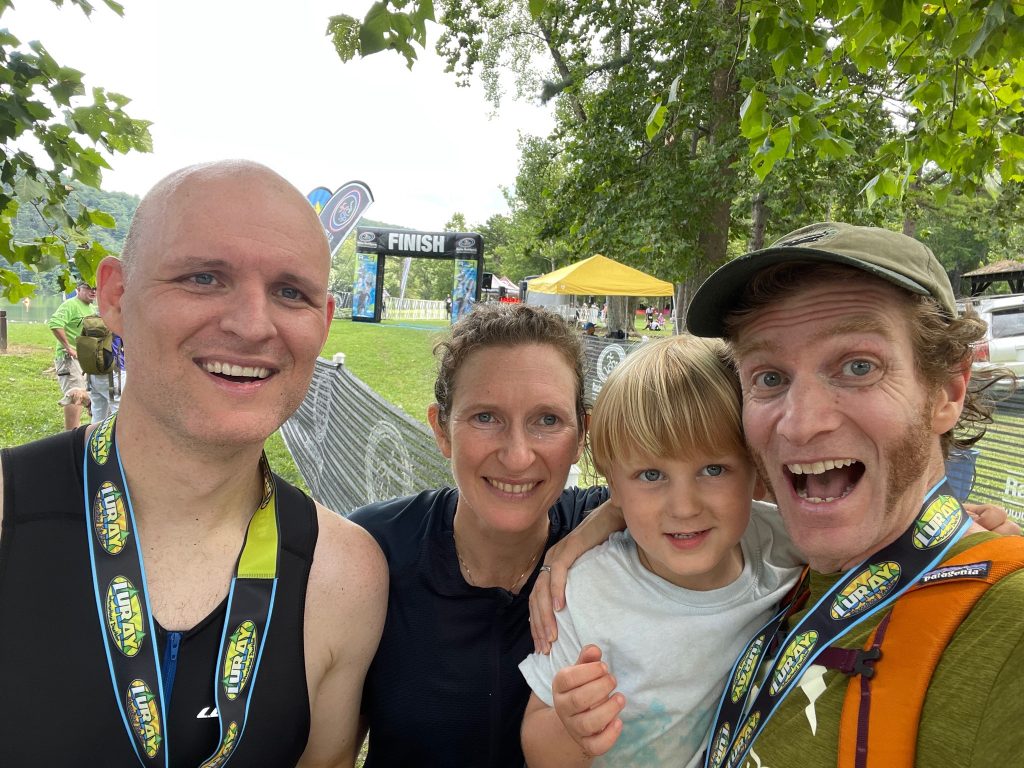
Barn Smeller (I’m A Horse). Aaron doesn’t believe me, but the reviled Forever Section towards the end is my favorite stretch of Hellgate. With only a half marathon left, the race is in the bag and I can finally stop force feeding myself. No more hedging against future problems like empty stomachs and trashed quads. Whatever’s left in the tank will get me home to Camp Bethel. I’m not sure people realize what a miserable chore it is for me to eat during ultramarathons. I’d rather climb 5 more mountains than have to eat 5 more mini pretzels. When I release myself from the duty of eating it’s like a jailbreak. I run with abandon, leaping over creeks and using downward momentum to scamper up the other side, just like on the Do Loop at home. I realize the guy with the chair did me a favor, prodding me to get back to business just when I needed it. I blast through the last two aid stations; I won’t stop until the finish line.
Aaron Promised I’d Reach A Point In Hellgate When I’d Be Too Tired To Think And My Mind Would Go Zen And Blank. He Lied. The panoramic views in this final trail section make me tear up. Marmots have wild emotional ranges, and the poignancy of my giant adventure coming to an end, after so many months of ups and downs, hits me like a brick. My mind drifts through a kaleidoscope of memories from the past year, highs and lows, from sitting in despair on the orthopedist’s crinkle paper two weeks before Hellgate, to summiting Colorado peaks that summer with Sean, to bombing down Massanutten rock gardens with Nora, to cantering Arabian horses up grassy fields in Fort Valley. I let myself stride out down the road, slicing through the long afternoon shadows cast across the road by trees in the low winter sun. Somehow I’m actually going to finish this thing.
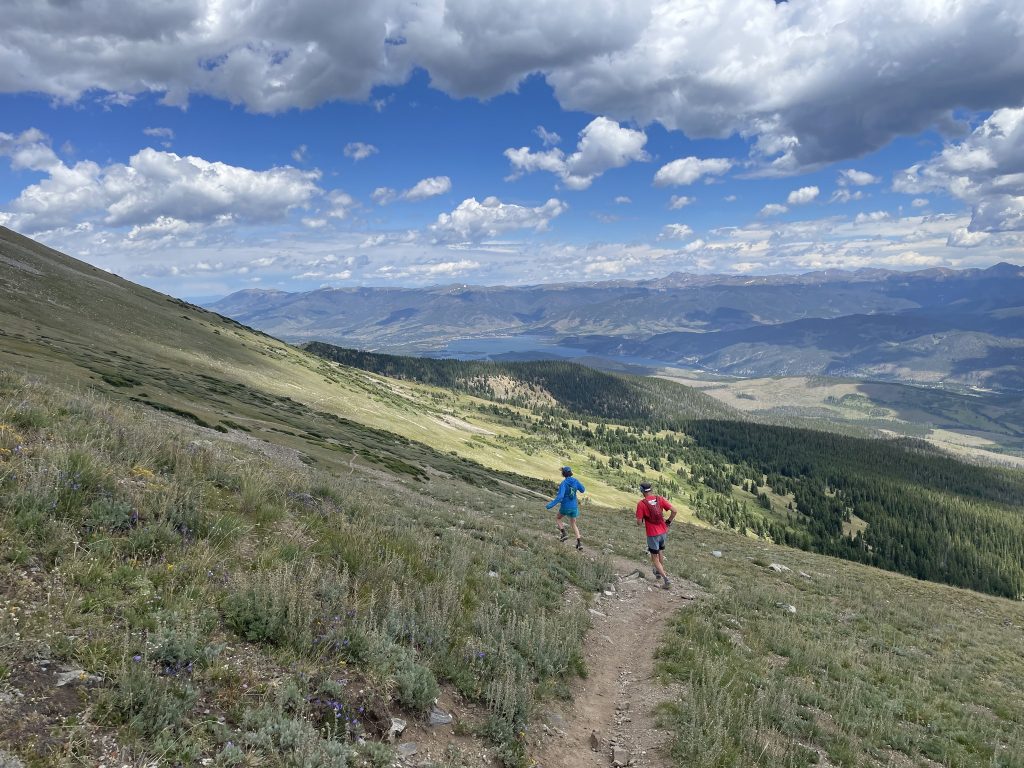
I have no data on my pace for my final 20 miles of Hellgate (recall I made Matt stop his Garmin), but Matt reports he counted 24 runners passed in my final push to the finish, not counting the ones lingering at aid stations. When I cross the finish line at Camp Bethel, I get a bear hug from Horton (after emptying my stomach in front of a large crowd). Horton does the math and announces I’m the 9th woman. I’m shocked. After years of envying Aaron’s luxurious Patagonia swag from Horton races, I finally earn my own. David Horton, the guy famous for drubbing the second place finisher as “first loser,” somehow makes me feel like a million bucks for finishing 9th.
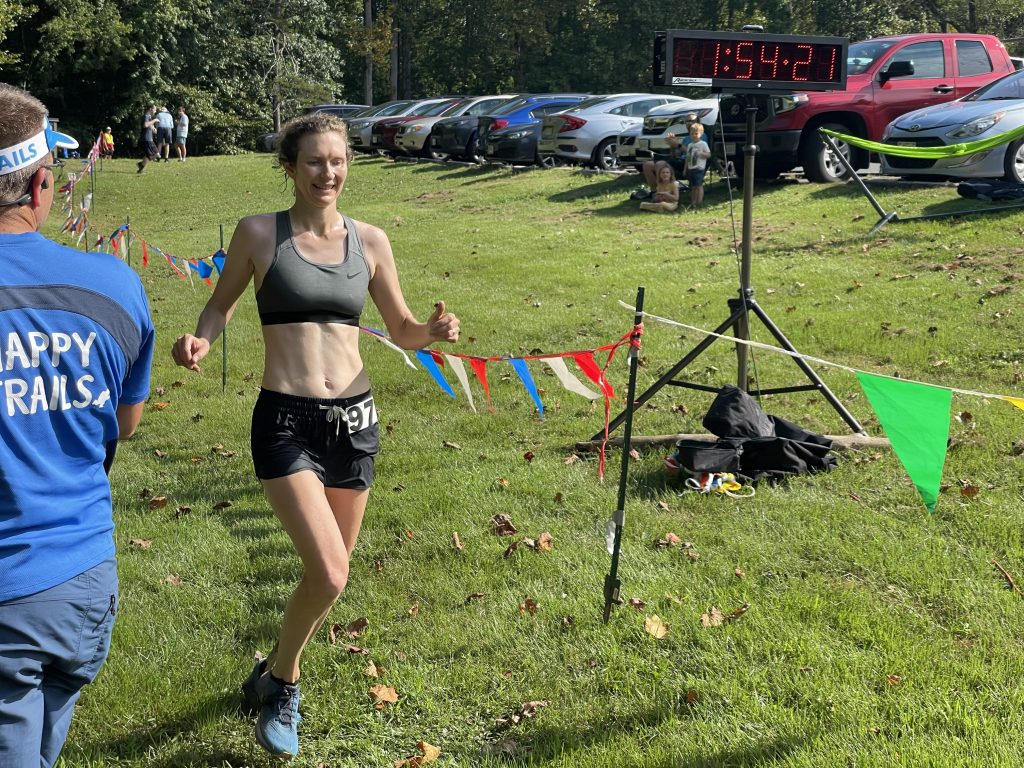
By “Gracefully” I Mean I Didn’t Cry and Whimper That I’m All Washed Up Since Having a Baby and Turning 40. I have a fear of aging. I got a chill in my spine ten years ago when my friend Sean warned me that my running would tank after age 37. That’s when everything went downhill for him. (Plus I had a baby at 37.) When I began running trails with Sean in 2008 he was one of the most decorated trail runners on the Beast Coast (the “Captain America” of the Virginia Happy Trail Running Club, I joked) and about to win his second Hellgate. Sean’s 11 years older, giving me front row seats to his transition into a master’s runner. First Old Guy, he’d quip. Last August Sean got front row seats to my own signs of aging when, for the first time in my life, I lost a trail half marathon race (my win streak was up to at least a dozen). In the old days, I gutted out wins at sub-marathon trail races no matter what, even if I was sick or injured (VHTRC Women’s Half Marathon) or went off course (Dam Half). To Aaron’s surprise, I took it gracefully when I finished 3rd in at the Run the Rockies Trail Half Marathon in Colorado last summer. Earlier that week we made a group decision not to taper for the race and instead keep up the high-flying high-altitude adventures that would torch our legs. A younger version of me would’ve been too race focused and skipped all those epic adventures. Her loss. I’m enjoying the freedom of running races without trying to win. Like Hellgate.
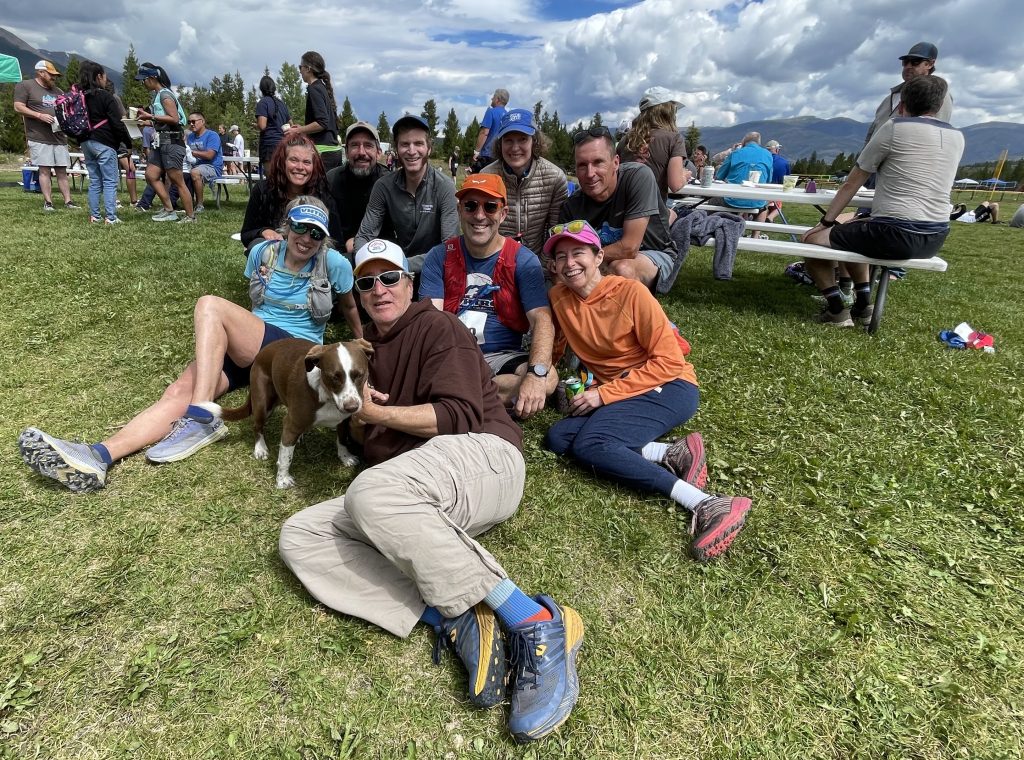
It Ain’t Over ‘Til The Fat Lady….Holds Something In Her Stomach. For most people, crossing the finish line at Hellgate marks the end of the journey and the beginning of recovery. My finish line is a tad blurrier. This year I was still vomiting 7 hours later. Driving home after the race, lying in the back of Matt’s van next to a plastic bag holding the remains of my vanilla milkshake, I had a moment of weakness and asked Aaron if it was time to take me to the hospital. Aaron assured Matt I was a pro and would pull out of my predicament eventually.
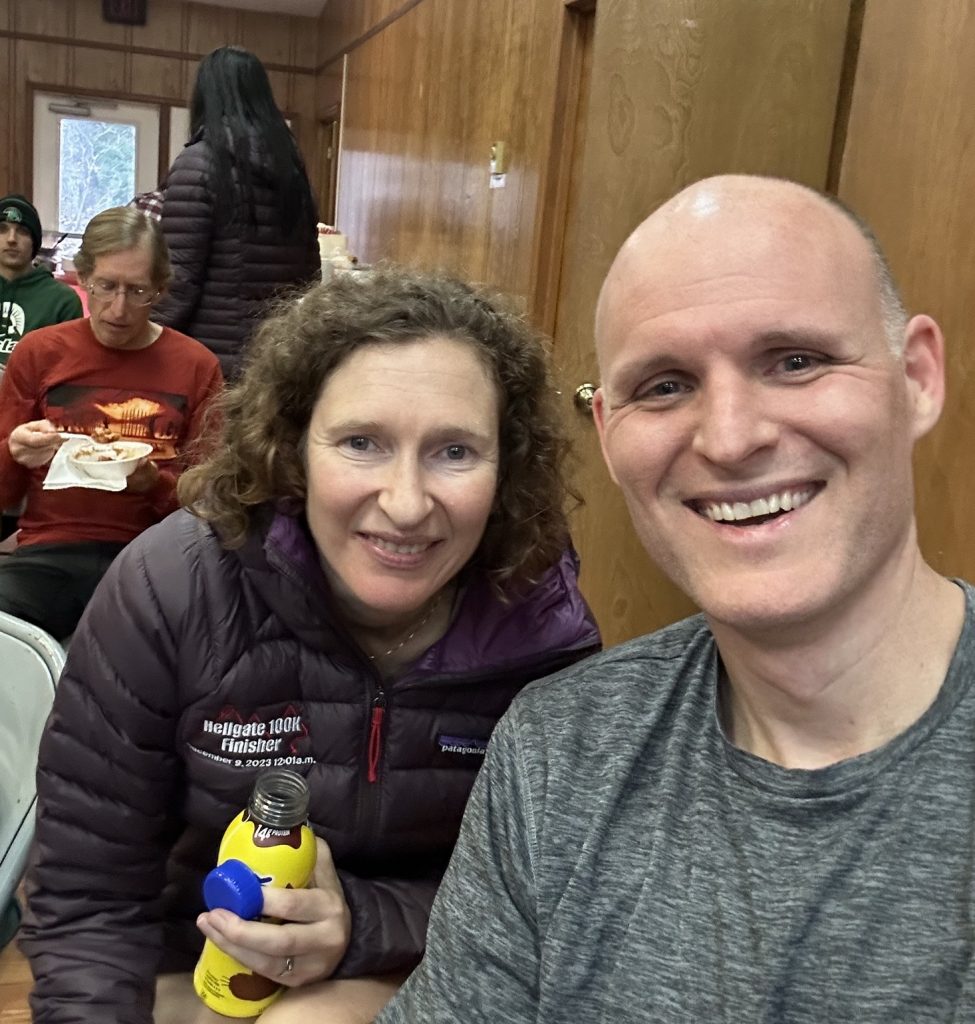
Holy, Guacamole! When we get back to DC at 10pm, I’ve gone 24 hours and 66 miles without a meal. Aaron asks me what my burning stomach lining might keep down. To his surprise, I gurgle Guacamole. He flashes a quizzical look, trying to figure out if I’m serious. I throw my head back and cackle into the clear cold night like a hyena. Fewer stars are visible here in the city. My body makes no sense!
Our Version Of Date Night. The Achilles that couldn’t make it through a 6 mile social run on Tuesday did 66 on Friday, and now the stomach that rejected saltines and chicken broth at the diner was devouring Mexican food — corn chips, guacamole, sizzling fajitas with steak, chicken, peppers, rice and beans. Aaron and I never do “date night,” so this is the closest we get, sitting in a Mexican restaurant, right near the door in case I need to puke, laughing as fajita juice dribbles down my forearm.
The Restaurant Staff Can Tell, Just From Our Plates, Who In The Couple Is Meticulous And Who’s Expulsive. Why can’t people stop running this race? I ask Aaron between mouthfuls. Can you think of any other trail race where five guys ran it 21 years in a row? Aaron admits he cannot. I use a napkin to mop up fajita juice drizzling down my elbow. I stare at my plate so I can pretend I don’t notice Aaron’s disgust at my table manners (he knows they come from my father). I fold another tortilla with a hastiness that leads to more holes and dribbles (Aaron was always better at origami-folding our son’s baby blankets). Aaron, one last question: why do YOU like Hellgate? It makes sense that like getting rocked around in Hellgate’s messy soup of chaos, but you crave order and stability. You don’t even like mud. Aaron, going on his 40th hour without sleep, wonders where women find the energy to keep prattling on. I let my question hang in the air. But I’ll circle back to it next year, keeping up my habit of overanalyzing. Maybe if I can crack Aaron’s unwavering commitment to Hellgate, I can understand why he still hangs around with me. By the end of dinner my plate has a blast radius.
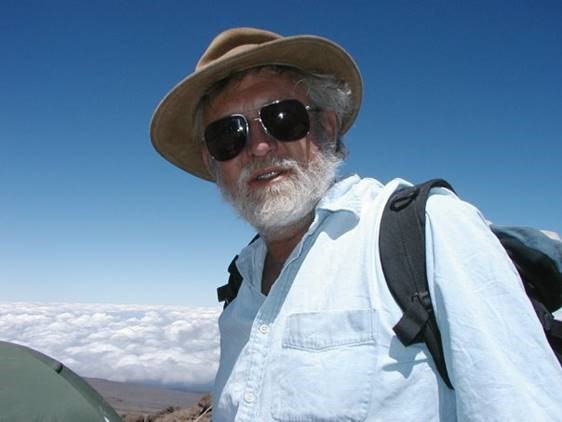
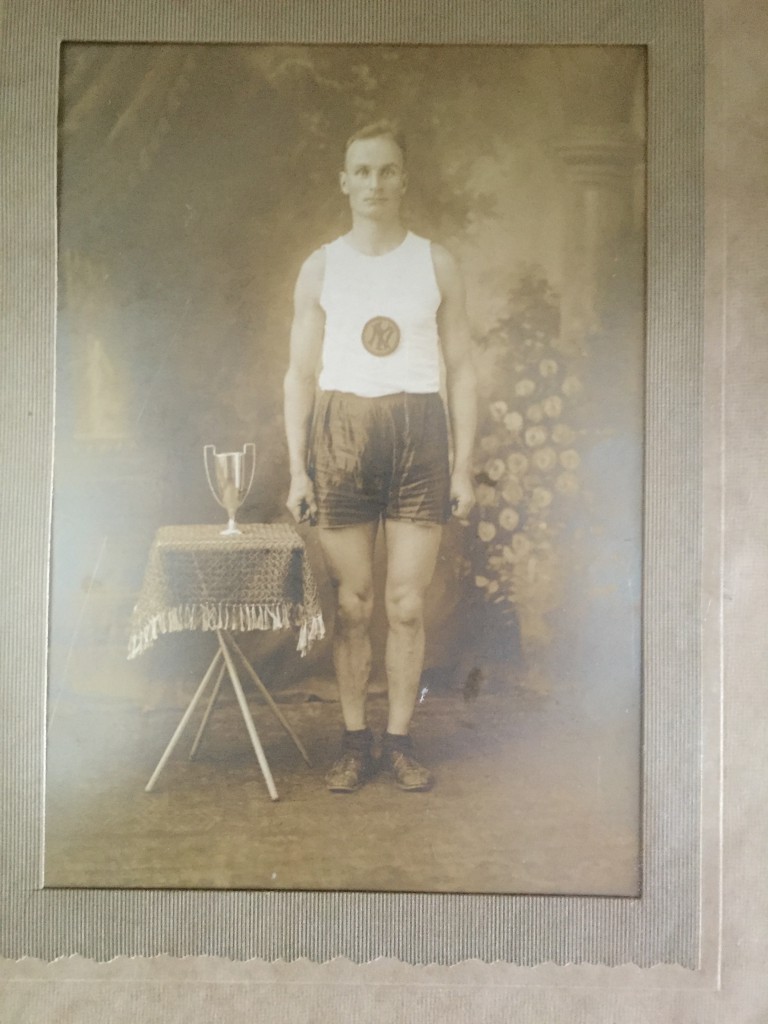
R.I.P. My father died three years before I ran Hellgate the first time in 2021. He would have been dumbstruck that his delicate daughter could survive 66 treacherous miles through rugged mountains in winter. He never ran any races himself, but his Finnish grandfather, my great-grandfather Onni, was a professional distance runner in Boston in the 1930s. Onni’s brother Laurie ran the Boston Marathon back when it was a fringe race for a small gaggle of Boston rebels (only men of course). Onni, like me, had running talent but struggled with illness and died of tuberculosis as a young man in his 30s. Up in the stars, I imagine Onni and Laurie clinking iittala glasses of Finlandia vodka on ice, watching Hellgate and marveling how the sport of running has transformed beyond their wildest dreams. Onni and Laurie are the only members of my blood family who might comprehend the draw of Hellgate. Pity they’re long gone. Fortunately, I’ve got Aaron, Matt, Sean, and the WUSsies. As Bjorn showed me, there’s the family tree you’re born with, and the family tree you draw.
